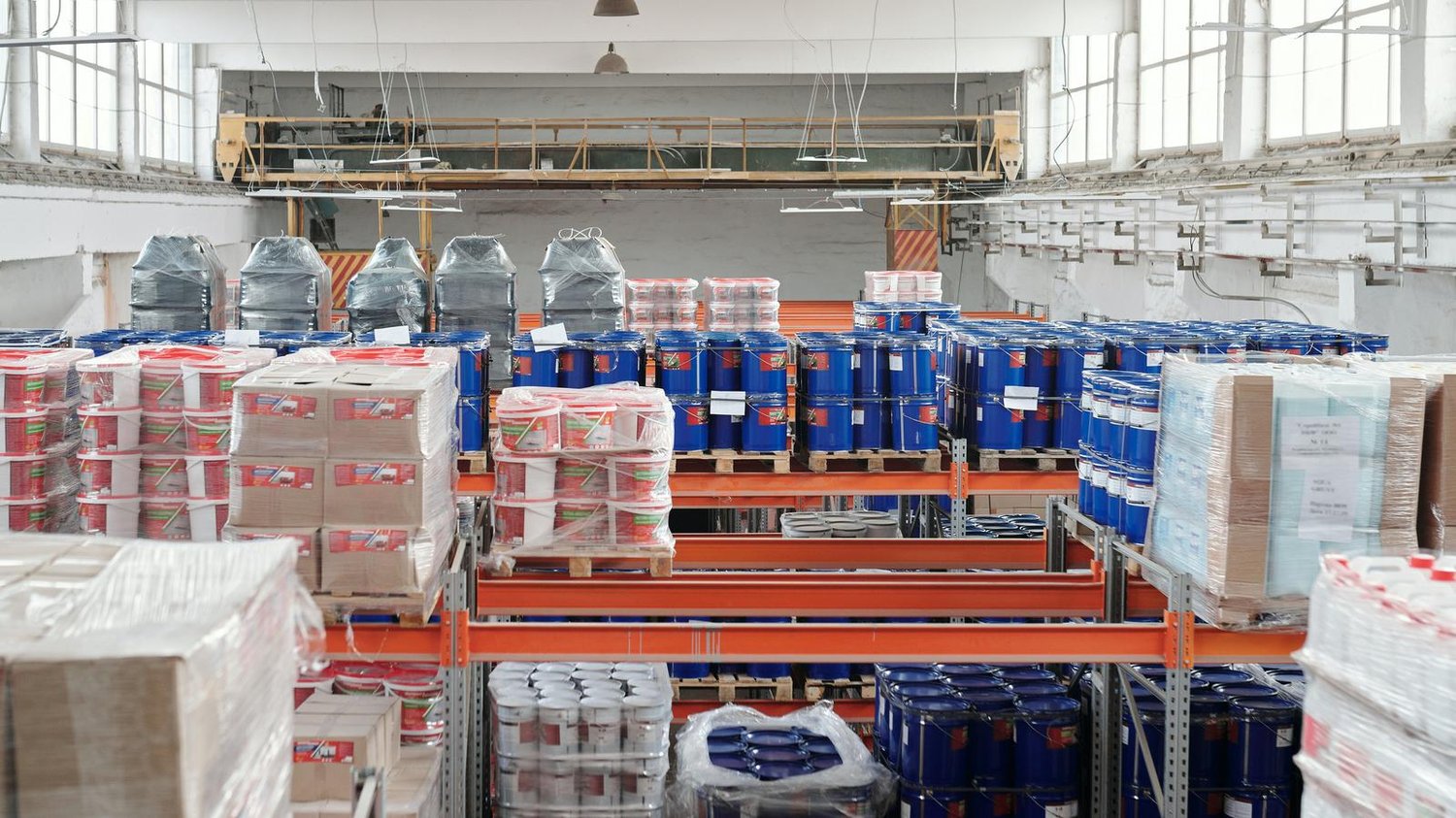Feeding Machine Series: Simplifying Industrial Automation Processes
The feeding machine series is a crucial component in industrial automation processes. It plays a vital role in streamlining operations and increasing efficiency. This article explores the various types of feeding machines available in the market, their benefits, and how they contribute to enhancing overall productivity.
Introduction
In today's fast-paced manufacturing environment, automation is key to staying competitive. Industrial processes require repetitive tasks to be performed accurately and efficiently. This is where feeding machines come into play. A feeding machine automates the process of supplying materials or components to a production line, eliminating the need for manual intervention.
Types of Feeding Machines
There are several types of feeding machines, each designed for specific industrial applications. These include:
- 1. Vibratory Bowl Feeders: These are commonly used in assembly lines to sort, orient, and feed small components. They use vibration and gravity to move parts along a track.
- 2. Conveyor Systems: These are versatile feeding machines that transport materials or components from one point to another. They can be customized to meet specific automation requirements.
- 3. Automatic Screw Feeders: These machines are used to feed screws and nuts in assembly processes, saving time and reducing manual error.
Benefits of Feeding Machines
Feeding machines offer several benefits to industrial automation processes:
- 1. Improved Efficiency: By automating the feeding process, machines can operate without breaks, leading to increased productivity and reduced downtime.
- 2. Cost Savings: Feeding machines reduce the need for manual labor, resulting in lower labor costs and improved profitability.
- 3. Enhanced Accuracy: Automated feeding machines ensure precise component placement, minimizing errors and defects.
- 4. Flexibility: Feeding machines can be easily integrated into existing production lines and can handle a wide range of materials or components.
Conclusion
The feeding machine series has revolutionized industrial automation processes by simplifying and streamlining operations. These machines have become an essential part of manufacturing facilities, offering improved efficiency, cost savings, enhanced accuracy, and flexibility. As technology continues to evolve, feeding machines will continue to play a crucial role in shaping the future of industrial automation.
We welcome any questions or feedback you may have, so don't hesitate to get in touch with our knowledgeable team
